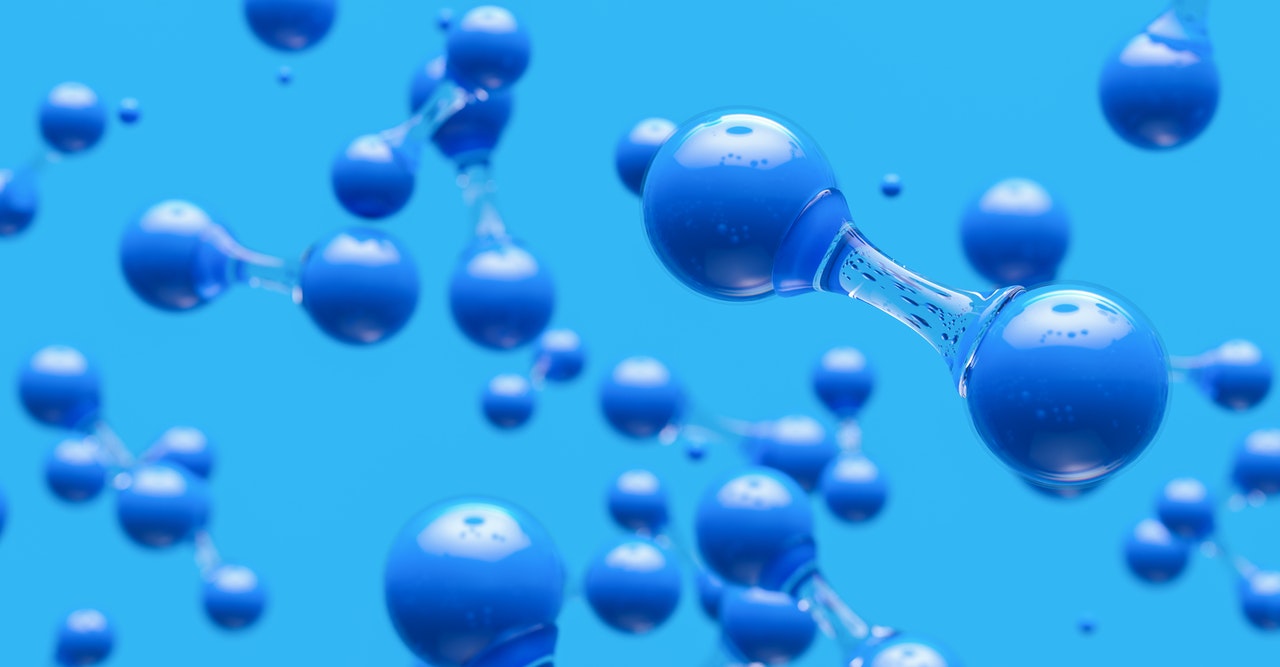As the competition for abundant clean energy sources to counteract climate change intensifies, hydrogen is emerging as a viable source of renewable energy. Green hydrogen emits no carbon, but its generation remains difficult and pricey, according to Sustainability-times.com.
Scientists all over the world are working on more efficient and cost-effective methods of producing zero-carbon hydrogen, such as the electrochemical process of water splitting, which involves passing electricity through water in the presence of catalysts to separate the liquid into its chemical components: hydrogen and oxygen.
As part of these efforts, researchers at the Georgia Institute of Technology and the Georgia Tech Research Institute have created a novel technique and materials for producing green hydrogen as a source of renewable energy at a much lower cost.
Catalysts for hydrogen production are currently constructed of noble metals such as platinum and iridium, which are both costly and scarce. The Georgian researchers, on the other hand, developed hybrid materials for the electrocatalyst, which they claim makes the procedure considerably cheaper when executed at scale.
“Our study will reduce the consumption of those noble metals while boosting their activity and use possibilities,” says Seung Woo Lee, an associate professor of mechanical engineering at the George W. Woodruff School of Engineering and a specialist on electrochemical energy storage and conversion systems.
Researchers created a new kind of catalyst by developing a superior oxide substrate that needs less noble elements. These hybrid catalysts outperformed both oxygen and hydrogen catalysts.
Working with experts from the Korea Institute of Energy Research, Kyungpook National University, and Oregon State University, the team employed a strong X-ray to monitor structural changes in the catalyst at the nanoscale scale throughout the water-splitting process. Under operational settings, they may explore their oxidation status or atomic configurations.
In addition to constructing hybrid catalysts, the scientists have fine-tuned the form of the catalysts and the interaction of metals used in the process to minimize the usage of the catalyst in the system while boosting its longevity. Both of these aspects have the potential to minimize expenses.
The findings of the study might assist hydrogen stations for fuel cell electric cars as well as community-based microgrids meant to feed electric grids that depend on renewable-powered backup power.
Green hydrogen now accounts for just around 1% of yearly hydrogen production, owing to the high manufacturing costs. However, energy experts believe that large-scale hydrogen usage would be important in allowing industrial sectors to meet net-zero emission targets in the coming decades.
To that purpose, research is being conducted with the goal of lowering the cost of clean hydrogen by 80% to $1 per kilogram by 2030, so that hydrogen may replace natural gas and coal in storing excess electric energy in networks.

